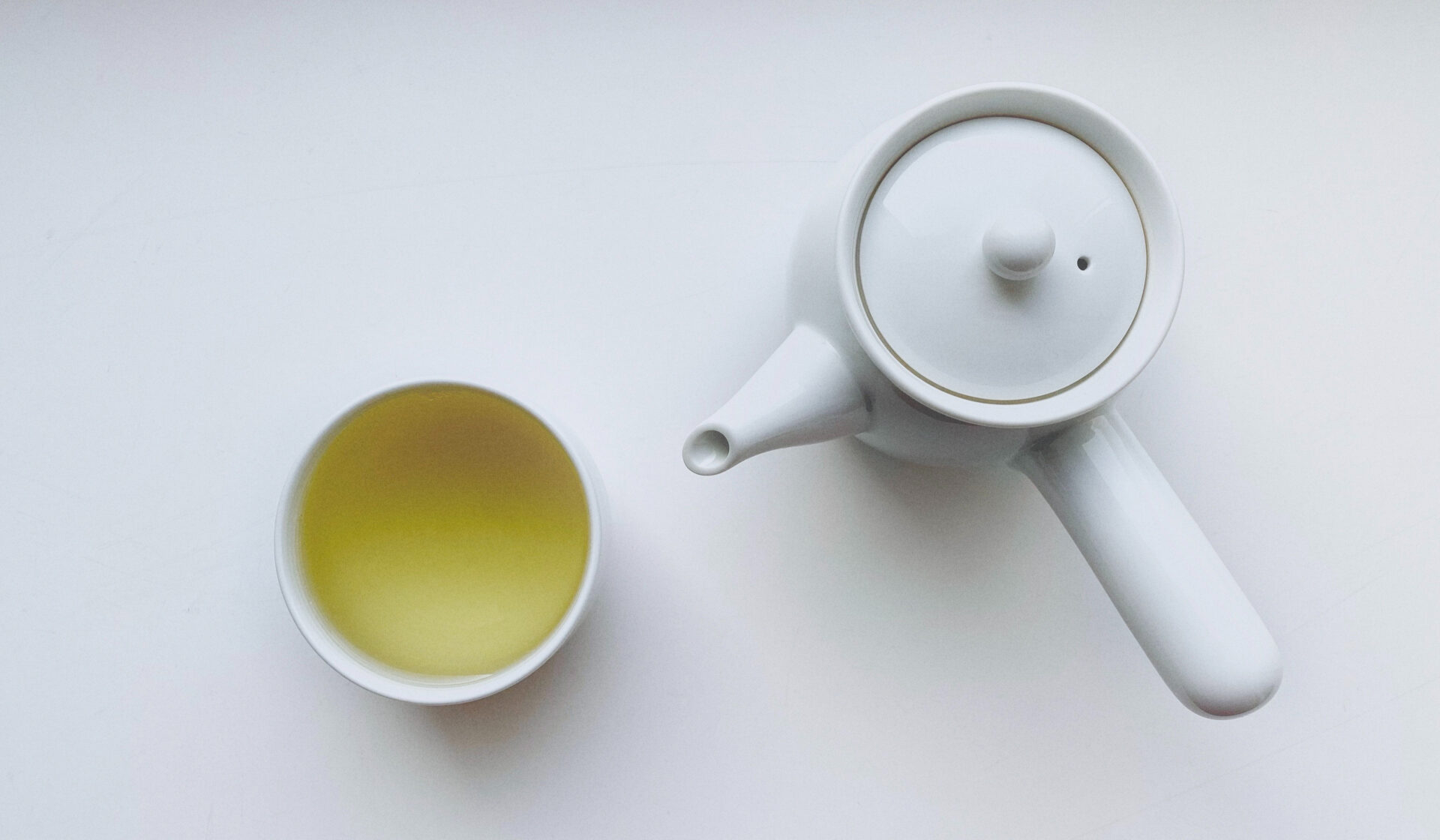In this captivating episode of Meet the Tea, join me on a journey to explore the exquisite world of Yue Guang Bai, also known as Moonlight White. Prepare to be enchanted by its mesmerizing appearance and delightful flavor profile.
Origins and Legends:
Yue Guang Bai has a fascinating origin story that has sparked numerous theories and legends. Some believe that the tea leaves are meticulously harvested under the gentle moonlight, while others suggest that the silvery surfaces of the leaves reflect the moon’s ethereal glow, with the darker hues symbolizing the mysteries of the night sky.
A Personal Favorite:
As a devoted tea enthusiast, I hold Yue Guang Bai in high regard. In fact, I even selected it as one of the wedding favors for my special day. This exceptional tea emerged in the early 2000s, possibly as a response to the booming demand during the Puerh tea craze.
The Artistry of Crafting Yue Guang Bai:
The creation of Moonlight White involves using Da Ye Assamica cultivars, similar to those employed in Puerh production. While some vendors offer Moonlight White made from Camellia aliens, this variation remains less widespread. It’s important to note that the notion of harvesting the leaves exclusively under moonlight may be more symbolic than literal.
Meticulous Production Process:
Following the harvest, the Yue Guang Bai tea leaves undergo a delicate steaming process, either indoors or outdoors, often carried out during the serene nighttime hours. Thanks to the warmer climate in Yunnan, where this tea primarily originates, the steaming stage requires less time compared to the production of Fujian white tea. The duration of this process varies among producers and is influenced by weather conditions. Once the withering process concludes, the leaves are carefully dried with the assistance of warm air.
Classification Conundrum: White Tea or Puerh?
Yue Guang Bai’s classification has sparked some confusion, primarily due to its shared region and raw materials with Puerh tea. Additionally, the rising popularity of pressing Moonlight White into cakes has resulted in a visual resemblance to Puerh. In my opinion, Moonlight White can be regarded as a white tea, given the absence of the fixation process associated with Puerh. However, some companies mistakenly label it as white Puerh to attract a broader audience.
The Enchanting Origins:
Yunnan Province, China: Yue Guang Bai finds its roots in the captivating landscapes of China’s Yunnan Province. The tea used for this article originates from Jinggu, a renowned region celebrated for its exceptional production of this tea variety. While its popularity continues to soar, Yue Guang Bai can now be found in various parts of China and neighboring countries, including Thailand.
Indulge in Delicate Flavors:
Yue Guang Bai presents an excellent choice for tea enthusiasts seeking a more pronounced taste compared to the delicate Silver Needle. With its soft yet powerful flavors, this tea offers a smooth and sweet profile adorned with fruity and floral notes, hints of meadow hay, and a delightful maltiness. The presence of delicate leaf hairs contributes to a velvety and luscious mouthfeel. While minimal bitterness is typically present, prolonged brewing may result in a subtle astringency. The finest quality teas exhibit a lingering aroma known as “hui gan.” When stored correctly, Moonlight White teas gracefully age, evolving into deeper and more complex flavors over time.
Brewing Techniques and Recommendations:
Brewing Moonlight White is a delightfully straightforward process that complements both gongfu and Western preparation techniques. While some vendors suggest heating the water to around 200°F, I personally prefer boiling it to achieve the ideal temperature. For optimal gongfu-style brewing, I recommend using 6-8 grams of Yue Guang Bai leaves in a 150ml Gaiwan. There’s no need to rinse the leaves before brewing. Infusion time usually ranges from 3 to 5 minutes, but feel free to experiment and adjust according to your personal taste preferences.
If you prefer a Western-style brewing approach, simply use approximately 3 grams of tea leaves per 8 ounces of water. Steep the tea for around 3 to 5 minutes to extract its exquisite flavors. However, remember that these guidelines are flexible, and you can customize the brewing process to suit your liking.
Discover New Heights of Flavor:
Once you have finished brewing your Yue Guang Bai leaves, don’t let them go to waste. Boiling the leaves on a stove can unlock their remaining flavors, allowing you to savor every last drop of this exceptional tea. Alternatively, you can adopt the style of my grandpa and enjoy multiple infusions from a single batch of leaves, making it the perfect companion for long writing sessions or engaging in creative pursuits.
An Enchanting Journey Awaits:
As a devoted tea aficionado, I find Yue Guang Bai to be a captivating and versatile tea that never fails to delight the senses. Its elegant appearance, combined with its smooth, fruity, and floral flavor profile, makes it an excellent choice for both seasoned tea connoisseurs and those new to the world of tea.
Embrace the enchantment of Yue Guang Bai, the Moonlight White tea, and embark on a remarkable journey through the rich tea traditions of Yunnan Province. Indulge in its delicate yet powerful flavors, and let the serene moonlight guide you to a truly extraordinary tea-drinking experience.
Remember, with each sip of Yue Guang Bai, you are immersing yourself in a centuries-old legacy of tea craftsmanship, where nature’s beauty and the skill of tea artisans intertwine to create a truly extraordinary tea. Let the allure of Moonlight White transport you to new heights of tea appreciation and serenity.
Have you ever had the pleasure of trying Yue Guang Bai (Moonlight White)? What is your preferred method to make it? Tell me by leaving a comment below!
The tea used in this post: Yunnan Yue Guang Bai White Tea, air-dried is sourced from Yunnan Sourcing



Leave a Reply
You must be logged in to post a comment.